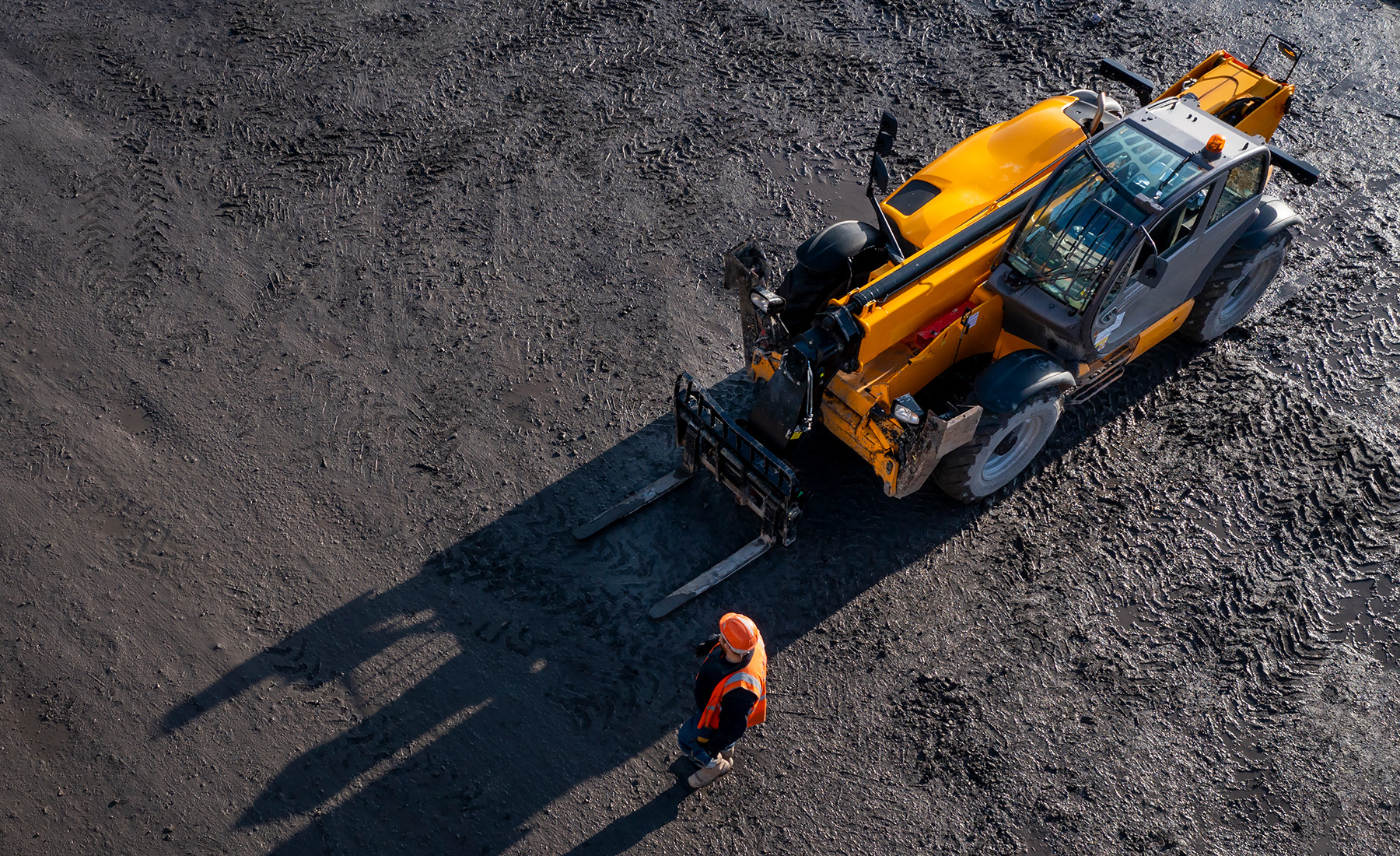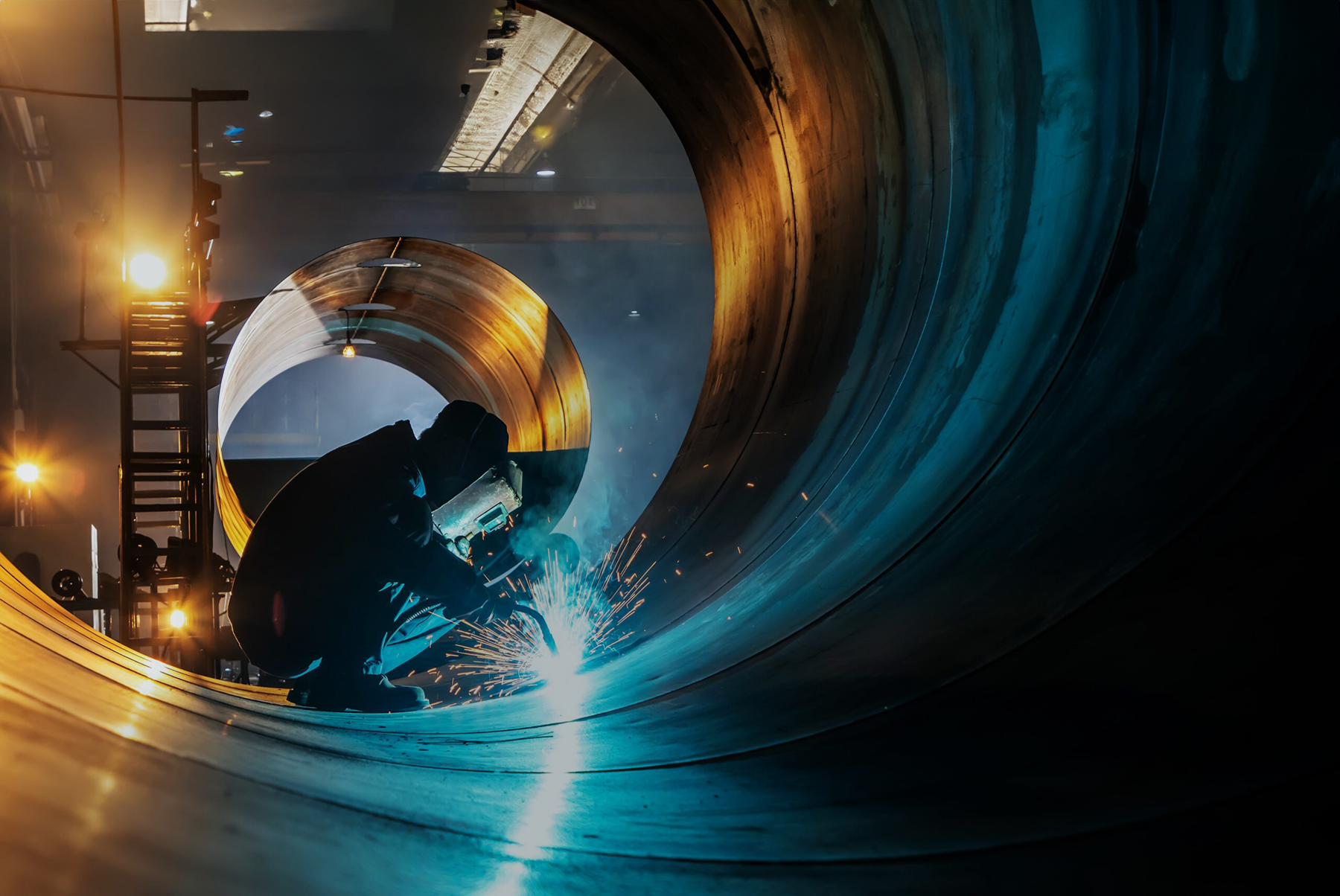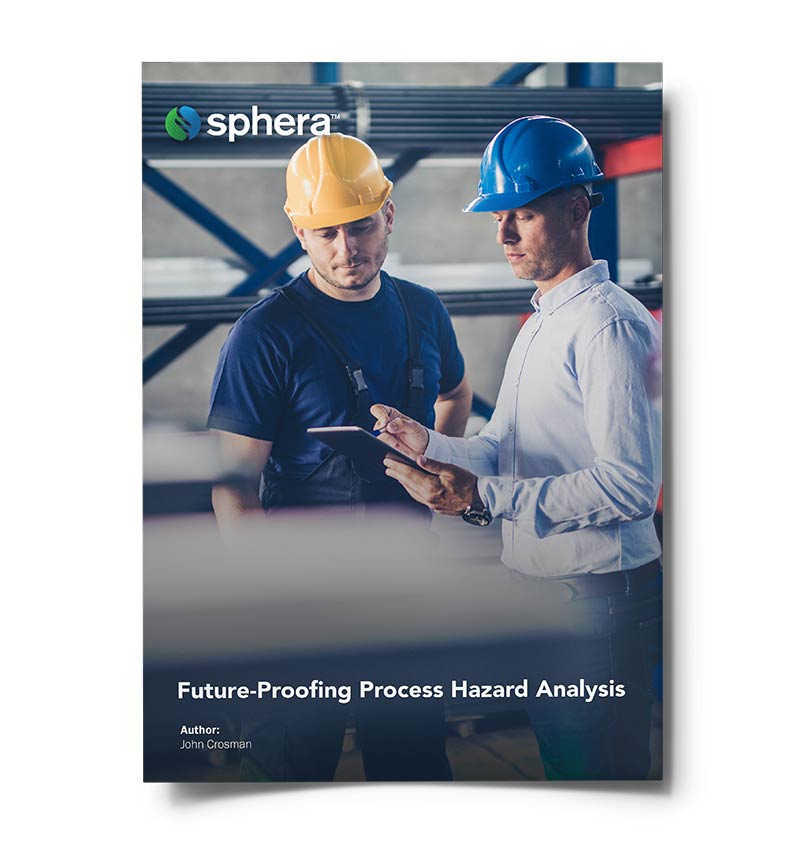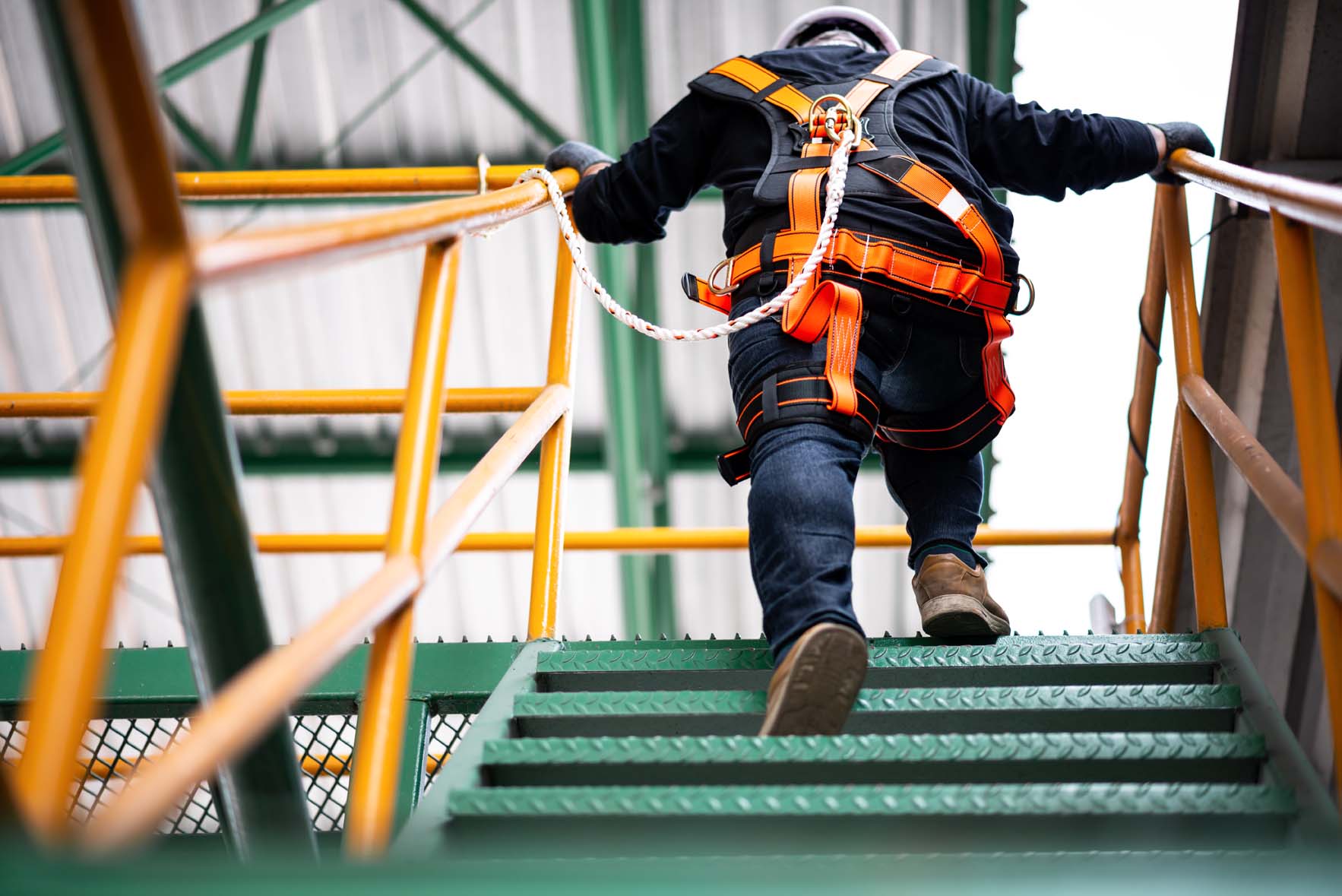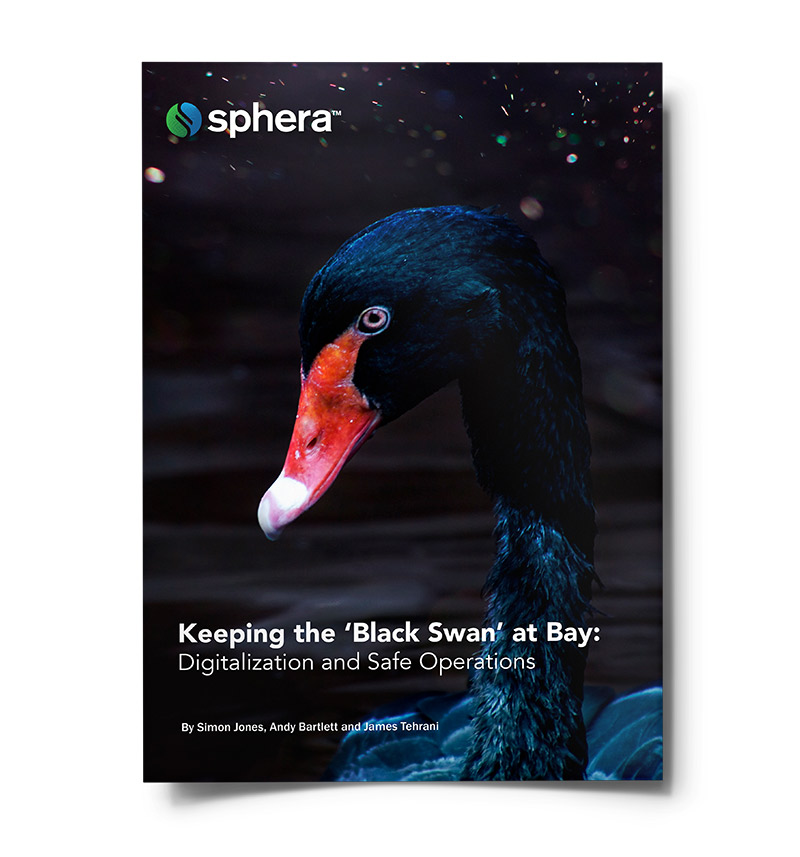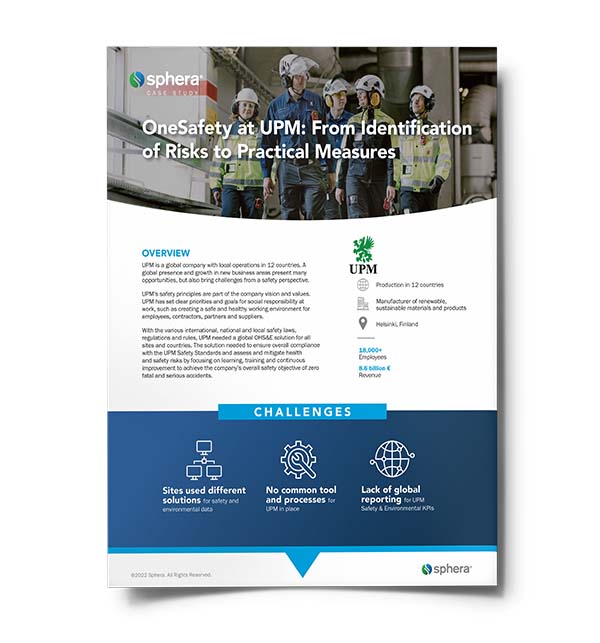Your KRIs are critical to your KPIs—do you know what they are? In this post, learn what a key risk indicator is, and why they’re essential to meeting your business goals. You’ll see examples of essential KRIs for supply chains and get tips on how to track them.

What are KRIs?
If you’ve ever sat in any kind of business meeting, you know what key performance indicators (KPIs) are. Companies measure these as a way to establish goals, track progress and understand where they’re falling short or where they’re exceeding expectations. KPIs are an essential part of running a business.
What many people don’t know is that there’s another acronym that should be just as familiar—and that is KRI, or key risk indicator. Why should you care about KRIs? Let us put it this way: You’re less likely to hit your KPIs if you’re not monitoring your KRIs.
So what are they? KRIs, to put it simply, are a quantifiable way to assess how risky a particular business activity is. Every company is different, and thus has to design KRIs differently—but some common examples of KRIs might be employee turnover and number of customer complaints, both of which could indicate that there are some underlying problems that might negatively impact the business.
KRIs apply to multiple LOBs, but they’re especially important for procurement and supply chain. If you have supply chain KPIs, then you better also have supply chain KRIs—because, if not, you’re not going to get the advance notice you need to address risk before it starts to affect these KPIs.
What are supply chain KRIs?
There are countless events that could cause a supply chain disruption, but most of them can be categorized into supply chain KRIs that will give you the big picture of the risk in your supply chain. Are you tracking the financial solvency of your suppliers? What about market changes that might affect prices within your supply chain? Geopolitical or weather events that could impact suppliers in particular areas, or that could impact your supply paths as goods are moved from suppliers to your own sites?
The bottom line is: If your organization has a supply chain, you better make sure that you’re tracking the KRIs that are going to affect this supply chain. Here are some examples of supply chain KRIs that will help you make sure you’re not in danger of missing your supply chain KPIs:
- Supplier credit rating
- Supplier profit margin Supplier OTD (on-time delivery) performance
- Supplier violations of regulations
- And many, many more!
How do you track supply chain KRIs?
Like many things, tracking supply chain KRIs is easiest if you have technology in place to help. Ideally, you shouldn’t have to manually assess KRIs, but should have a tool that can monitor them for you, while also calculating risk scores to easily tell you what areas of your supply chain are vulnerable. This is especially true because there are sudden, major events that might dramatically impact your business’ ability to keep running—for example, a fire at a supplier’s site—and that won’t be revealed by manually checking KRIs once a quarter (or even once a week).
When you’re ready to invest in this kind of technology, you should be looking for a tool that can provide real-time monitoring of a wide variety of data sources, including structured and unstructured data (official information databases, but also news sources, social media, etc.), to identify the information that should influence your KRIs. Ideally, this information should then be consolidated and presented in a risk scorecard, which gives you an at-a-glance understanding of what areas in your supply chain are looking risky.
Again, the best practice here is to have a risk scorecard that is automatically populated with near real-time data. We can help with that, and we invite you to contact us to learn more.
riskmethods was acquired by Sphera in October 2022. This content originally appeared on the riskmethods website and was slightly modified for sphera.com.



